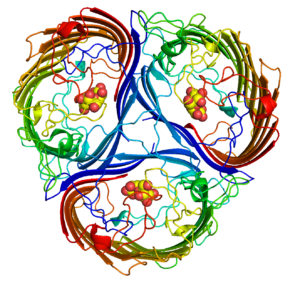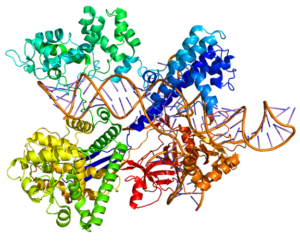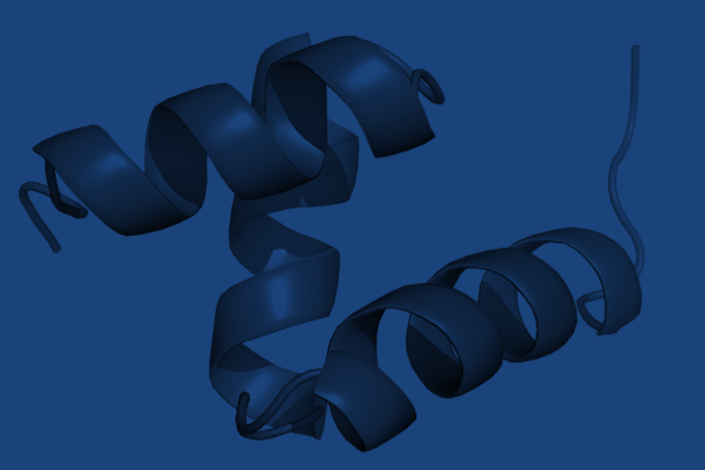Rapid Changes in Protein Design
Protein design has evolved tremendously over the last 20 years, and especially in the past 5. Rosetta was the first design software to achieve most major protein design achievements, such as stabilization, affinity, enzyme specificity, novel assemblies, and even entirely new structures with no sequence similarity to natural proteins. This capability is now complemented by significant advances in protein AI, and at Cyrus, we have built a highly efficient, proprietary software platform employing the most successful design tools to engineer novel biologics through a focus on re-engineering existing proteins.
At Cyrus, we have built a proprietary software platform which uses the most successful design tools to engineer novel non-antibody biologics by designing existing proteins.
Rapid Changes in Protein Design
Protein design has evolved tremendously over the last 20 years, and especially in the past 5. Rosetta was the first design software to achieve most major protein design achievements, such as stabilization, affinity, enzyme specificity, novel assemblies, and even entirely new structures with no sequence similarity to natural proteins. This capability is now complemented by significant advances in protein AI, and at Cyrus, we have built a highly efficient, proprietary software platform employing the most successful design tools to engineer novel biologics through a focus on re-engineering existing proteins.
“THERE IS THIS ENORMOUS SPACE OF POSSIBLE PROTEINS THAT EVOLUTION HASN’T EXPLORED. WHAT WE ARE TRYING TO DO IS TO BUILD PROTEINS FROM SCRATCH.”
David Baker (April 2022 Talk at Foresight Institute)
Our capabilities are focused on the following areas:
- Structure prediction using Rosetta + Machine Learning/AI (predicting how a protein will fold and function is at the core of what we do)
- Immunogenicity reduction (Immune reactions mounted against a therapeutic can render it useless or – worse – toxic)
- Increasing stability and serum half-life (unstable or short-lived therapeutics are less efficacious and may require more frequent infusions)
- Increasing solubility & reducing aggregation (insoluble drug forms which tend to aggregate can significantly complicate and increase the cost of manufacturing and storage)
- Target binding affinity (efficacy is often a direct function of the ability of the drug to find and bind tightly to its target)
- Binding specificity (poor specificity may mean a drug binding both its desired target as well as other related but undesirable targets, limiting efficacy and potentially causing side effects)
INTERESTED IN
PARTNERING WITH US ON
PROTEIN THERAPEUTICS?


